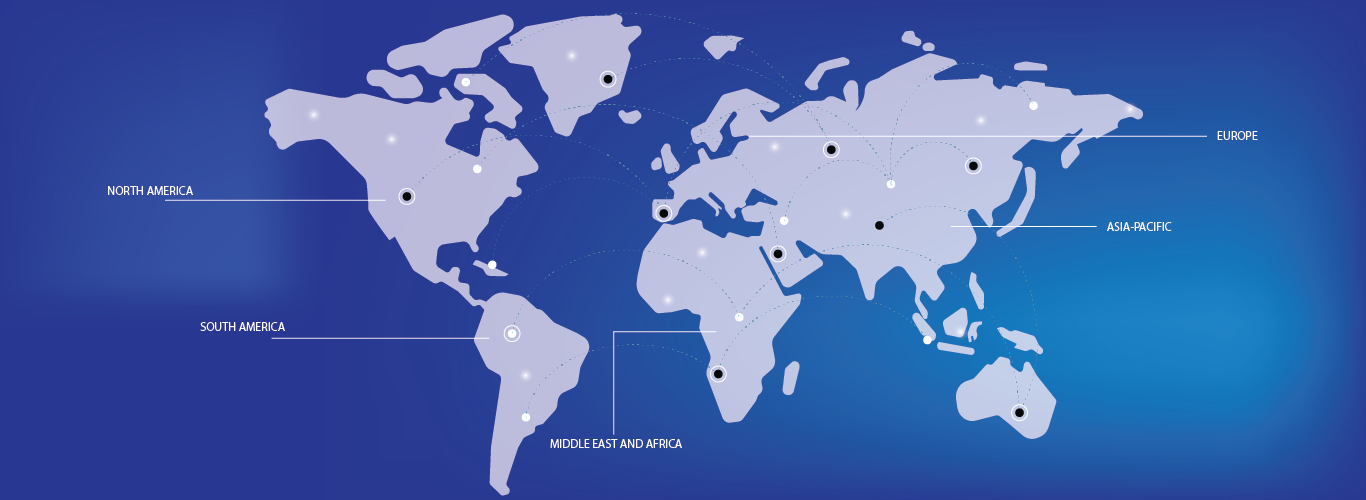Detecting fraud becomes difficult because, on average, 99.85% of credit card transactions handled each day are legitimate. The amount of anomalies found by KYT is maximised, and it can identify fraudulent credit card transactions. In August 2019, Telindus revealed plans to develop a KYT concept that makes use of AI and intends to satisfy AML and PSD2 standards. The reach of Chainalysis's anti-money laundering monitoring service has increased with the addition of support for 10 additional ERC-20 tokens in April 2020.




